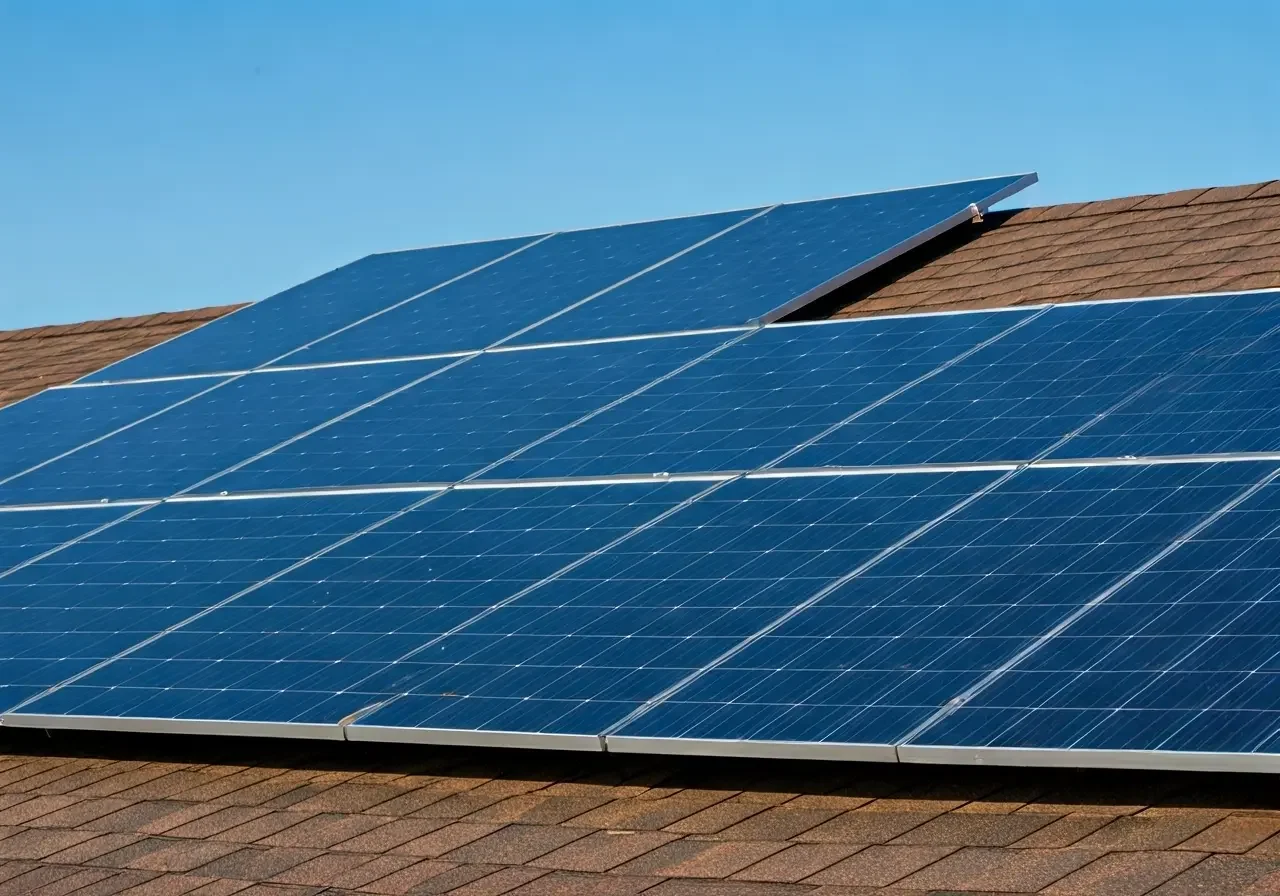10 Simple Ways Residential Storage Systems Can Save Energy Costs
In today's world, saving energy isn't just a trend; it's a necessity. With rising energy costs and growing environmental concerns, finding efficient ways to manage and reduce energy consumption is essential for homeowners. Residential storage systems offer a smart solution, allowing you to store energy and use it more effectively. Let's explore ten simple and practical ways these systems can help cut down your energy expenses.
1. Maximize Off-Peak Storage
Take advantage of off-peak energy rates by storing energy during low-demand times. This approach can significantly lower your energy bills by using stored energy during peak periods when prices are higher.
Off-peak rates are often much lower because fewer people are using electricity, which means you'll pay less for the power you use. By aligning your energy consumption with these lower rates, you can make a noticeable dent in your monthly expenses. Not only do you save money, but you also relieve some pressure on the grid during high-demand times.
2. Optimize With Smart Technology
Use smart technology to monitor and control your storage system. It allows you to efficiently manage energy use and detect areas where you can save costs without compromising comfort.
Smart home devices can integrate seamlessly with your storage system, offering real-time energy usage data and customizable settings. By programming these devices to operate during ideal times, you maximize savings. With a smart approach, every watt counts, further optimizing your home's energy use and ensuring a comfortable lifestyle without unnecessary energy waste.
3. Reduce Dependency on the Grid
By harnessing stored energy, you can reduce your reliance on traditional grid power. This not only cuts costs but also minimizes your exposure to potential rate hikes.
The grid's fluctuating prices can sometimes catch homeowners off-guard. Residential storage systems act as a buffer, absorbing these financial shocks by providing an alternative power source. As energy rates rise, your preparedness with an efficient storage system ensures stability in your monthly utility bills, freeing you from the constraints of grid dependency.
4. Incorporate Renewable Resources
Pairing your storage system with solar panels or other renewable sources maximizes energy savings. This combination allows you to harness free, renewable energy, storing it for later use.
Combining solar panels with your storage system enables you to collect energy throughout the day, even when your demand is low. The stored solar energy can then power your home during high-demand times or when sunlight is scarce, making sure that none of that precious energy goes to waste. It's an eco-friendly approach to energy management that also substantially cuts down on costs over time.
5. Balance Energy Load
Balancing your home's energy load can prevent over-usage and ensure your stored energy is utilized efficiently. Use appliances strategically to spread out energy consumption throughout the day.
Strategically running devices during different times minimizes peak load, which is the highest demand you place on your energy system. By spreading out this demand, you ensure that your storage system supports your energy needs without strain, maximizing its lifespan and reliability. This approach not only extends the utility of your stored energy but also alleviates the potential for overloading your home’s electrical capacity.
6. Prepare for Power Outages
Residential storage systems ensure a reliable backup during power outages. Stored energy keeps essential appliances running, contributing to energy savings and peace of mind.
Natural disasters or grid failures can become less stressful when you have a storage system in place. Essential systems like refrigeration, lighting, and communication devices remain operational, ensuring safety and comfort. This capacity turns your storage system into not just a cost-saving tool, but an integral part of home resilience planning, safeguarding your household without the fear of unexpected outages.
7. Monitor Energy Consumption
Regularly track your energy usage to understand patterns and identify areas for improvement. Monitoring can help adjust your habits to maximize the savings from your storage system.
Utilizing apps and other monitoring tools can offer insights into when and how you use most of your energy. This knowledge allows you to make data-driven decisions on how to better utilize your storage. Personalized reports highlight inefficiencies, enabling you to act on specific factors, reducing overall energy consumption while maximizing savings every month.
8. Promote Energy Independence
With a robust storage system, you take control of your energy destiny. This independence reduces the influence of external energy supply challenges and keeps your costs stable.
Being energy independent means that you are less affected by external fluctuations in the energy market. You gain the freedom to dictate your home's energy usage based on your personal preferences instead of reacting to market conditions. This autonomy translates to a more predictable energy budget, allowing you to focus resources where they matter most, while also contributing to a greener environment.
9. Enhance System Efficiency
Maintain your storage system to ensure it runs at optimal efficiency. Regular checks and updates prevent loss of storage capacity and keep energy costs low.
Routine maintenance and system checks are vital to longevity and efficiency. This includes updating software, ensuring connections are secure, and replacing components as they wear out. Proactively managing your storage system not only curtails unexpected failures but also enables you to benefit from manufacturer updates that improve its performance and efficiency, ultimately delivering consistent savings.
10. Leverage Incentive Programs
Explore government or utility incentives for using residential storage. These programs can provide financial benefits, further reducing the initial investment and ongoing costs.
Staying updated on available incentives can substantially offset the financial commitment of installing a storage system. Government rebates or tax credits are often available depending on your location, bringing down initial costs and boosting long-term return on investment. Investigate these options to see just how much they can enhance the financial feasibility of adopting a full-scale residential storage solution.


